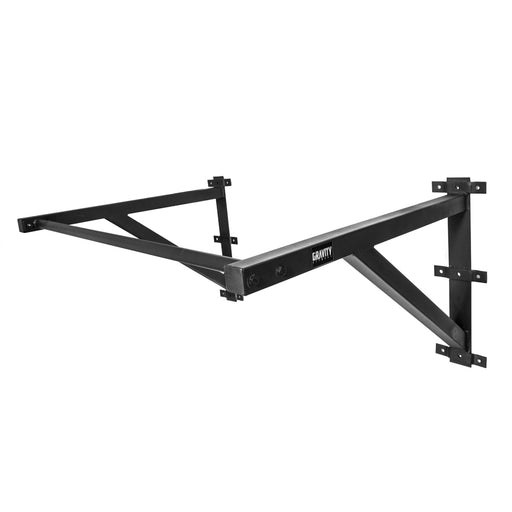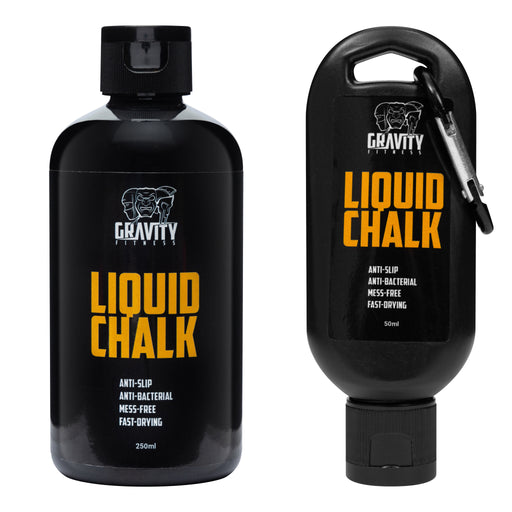
Staying Hydrated While Training Outdoors in Hot Weather
Let’s face it, we can all be a bit forgetful sometimes when it comes to staying hydrated, especially when we get in the zone while exercising, but it’s even more crucially important when training outdoors during the hot Summer Days. Although they might be few and far between in sunny old Britain, when the sun does come out, it can feel extremely hot, especially when the mercury starts hitting 30 degrees Celsius, so consider this as a kind of public service announcement and friendly reminder to stay hydrated!
But downing a pint of water just before you strap on the weighted vest for that 3-hour rucking session isn’t going to cut it, so we’re going to look at the best way to stay hydrated while embarking on your outdoor calisthenics exercise.
Pre-Exercise Hydration
- Drink 500-600 ml (17-20 ounces) of water 2-3 hours before exercising.
- Drink 200-300 ml (7-10 ounces) of water about 20-30 minutes before starting your workout.
During Exercise
- Aim to drink 200-300 ml (7-10 ounces) of water every 10-20 minutes during your workout.
- If exercising for more than an hour, consider a sports drink to replenish electrolytes lost through sweat.
Post-Exercise Hydration
- Weigh yourself before and after exercise. For every kilogram (2.2 pounds) of weight lost, drink 1.2-1.5 litres (40-50 ounces) of water to replenish lost fluids.
Practical Tips for Hydration
Carry a Hydration Pack or Water Bottles - Ensure easy access to water throughout your exercise. Use a hydration pack or carry multiple water bottles if necessary.
Use Electrolyte Supplements - In prolonged exercises, incorporate electrolyte supplements or sports drinks to maintain electrolyte balance.
Plan for Breaks - Schedule regular breaks to hydrate and cool down in shaded areas.
Listen to Your Body - Pay attention to signs of dehydration such as dizziness, dry mouth, and fatigue, and respond promptly by drinking more water.
Clothing and Timing - Wear lightweight, moisture-wicking clothing and try to exercise during cooler parts of the day, such as early morning or late evening.
…And Remember
Exercise During Cooler Times - Schedule your workouts for early morning or late evening when temperatures are lower.
Seek Shade - Plan your route to include shaded areas, such as parks with trees, to reduce direct sun exposure.
Indoor Alternatives - On extremely hot days, consider moving your workout indoors to a gym or using a treadmill or stationary bike at home.
Adjust Intensity - Lower the intensity of your workout to reduce the risk of overheating. Monitor your heart rate and take breaks as needed.
Frequent Breaks - Take more frequent breaks in a shaded or cool area to allow your body to recover from the heat.
Know the Signs of Heat-Related Illness - Be aware of symptoms such as dizziness, headache, excessive sweating, nausea, and confusion. Stop exercising and seek cool environments if you experience any of these signs.












































